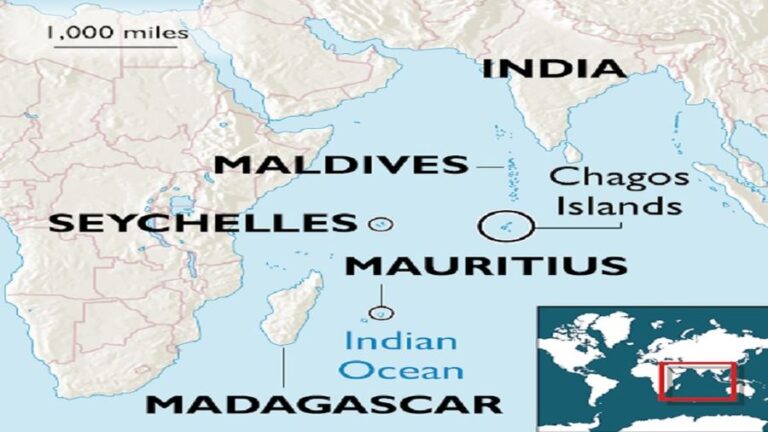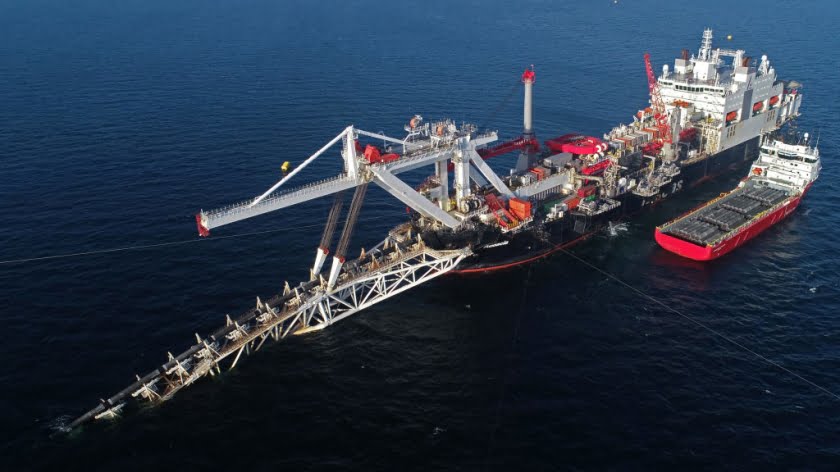Regarding the Visit of the Filipino President to Japan
In the period from February 8 to 12 this year, Philippine President Ferdinand Marcos Jr., the son of one of the country’s most prominent politicians of the second half of the last century (and also President) Ferdinand Marcos Sr., was on an official visit to Japan. What was the third event of regional significance in just one month to focus on the Philippines. Recall that from January 3 to January 5, the same F. Marcos, Jr. was in the People’s Republic of China (PRC) at the invitation of Chinese leader Xi Jinping. And in early February, US Secretary of Defense Lloyd Austin was on a visit to the Philippines.
And all these three events are closely related to each other, which is a factor of the escalating struggle between the leading regional powers for influence on the development of the situation in the sub-region of Southeast Asia. Control over Southeast Asia can significantly (if not decisively) affect the nature of development, as well as the outcome of the strategic game unfolding before our eyes in the Indo-Pacific region as a whole.
It is not the first time, and every time, the factor of the struggle for control over the Philippines had a significant character. This is mainly due to the specifics of the geographical location of this country. With the success of the military invasion of its territory, the initial, successful for Japan, period of the War in the Pacific 80 years ago began. The military defeat in the Philippines predetermined its disastrous outcome for Tokyo.
However, the winner of that war, the United States, today has a new source of challenges to strategic positions in the Indo-Pacific Region, which is China, which was an ally 80 years ago. The deadly enemy of that period now turns out to be a key ally. In this amazing metamorphosis, one thing remains unchanged: the strategic importance of controlling the territory of the Philippines.
This country (as well as a number of others forming the Southeast Asia region) has territorial claims intersecting with the PRC in the South China Sea, which manifest themselves in its waters in the form of various kinds of incidents. Of these, the last one happened just during the visit under discussion (as discussed below). Therefore, Manila’s positive response to a very clear signal from the US-Japanese tandem to provide various (including military) support to the Philippines is understandable. In particular, in the territorial dispute with the PRC.
At the same time, the country’s leadership is attempting to avoid the fate of all those who happened to be in the epicentre of the “Great World Game” of the third or fourth level of significance. And even during a period of sharp escalation of the struggle between the main players.
The leadership of each of the former behaves differently in this difficult situation. Particularly “cunning-wise”, such as the current Kiev regime, are even trying to extract material benefits from it by putting up for sale the controlled territory together with the population living on it. This act of purchase and sale is framed under idiotic but still popular memes: “struggle with Putin”, “defending the free-democratic world.”
However, unlike such political “players”, the Southeast Asian countries are led by experienced (and, most importantly, responsible to their own peoples) politicians. Without exception, all ten Southeast Asian countries (forming the ASEAN Regional Association) are balancing in the field of forces created by the main players here. They get it in different ways. Each of the ASEAN member countries can be seen to have a certain “bias of preferences” towards one or the other of the latter.
As for the Philippines, despite the complicated and contradictory history of this country’s relations with the United States, as well as (and especially) with Japan, the sum of the current objective factors (of which the one indicated above remains the main one) pushes the former towards both the latter. In this respect, the public anti-Americanism of the Philippines’penultimate president, Rodrigo Duterte, during the first six months after his accession to power in 2016, was no more than a short-term blip from this general and long-term trend.
However, even under these conditions, both the previous and current presidents of the Philippines at least indicate attempts of the aforementioned balancing in order to avoid the unenviable fate of a bargaining chip in the same “Big World Game”. From these positions, the trip of the Philippine president to China should be considered. The fact of which cannot, of course, cancel the effectiveness of the above trend.
Which fully corresponds to both the duration of the discussed (official, we repeat) visit to Japan of the President of the Philippines F. Marcos Jr. , and the impressive in terms of volume, as well as the content of the final Joint Statement, adopted following the talks held in Tokyo with Prime Minister Fumio Kishida.
It should be noted that this document ends with an invitation from the guest to the host to visit the Philippines “during 2023 and by mutual agreement” of a specific date. Which the second agreed to.
The general mood of the adopted Joint Statement is reflected by the definition of the current state of bilateral relations as “strong and sincere friendship” recorded in the preamble of the emotional plan. As well as the reproduction of the Free and Open Indo-Pacific (FOIP) word turnover, which is used as almost a password in the circle of regional allies and friends of the United States. In a hidden form, it rejects the PRC’s claims to disputed territories in the South China Sea. At the same time, references are made to the known solution. The Permanent Court of Arbitration in The Hague in the summer of 2016, which, in turn, is not recognized by Beijing.
In the section on economic cooperation, attention was drawn to the commitment of the Japanese government to allocate 600 billion yen (about $4.5 billion) over the next five years (from public and private sources) in order to support the course of the current leadership of the Philippines to ensure the status of an “Upper Middle Income Country” by 2025 Income Country).
Nevertheless, the comments to this document unanimously emphasize the special importance of those sections devoted to the problems of ensuring defense and security. Moreover,and this is important to emphasize,in the formats of both bilateral and multilateral relations. Commentators put everything that is somehow connected with the “Chinese factor” into the focus of the regional context of this issue.
In the Philippines, it was considered that this “factor” manifested itself quite specifically the day before the visit discussed here. However, it was only the day after its completion that it was deemed possible to report some regular incident that happened in one of the disputed zones of the South China Sea.
In the retelling of the Japanese Mainichi Shimbun, we are allegedly talking about pointing a laser fire control system of onboard weapons from a Chinese patrol vessel to a Filipino one. That the command of the Philippine Maritime Border Service was regarded as an “act of blatant disregard and clear violation” of sovereign rights in this part of the South China Sea. In this connection, the Chinese ambassador in Manila was summoned to the country’s Foreign Ministry for a conversation. The article in the above-mentioned newspaper is accompanied by a photo of “green laser light” from a certain vessel.
And, of course, the US State Department (which, by the way, are mentioned in complimentary and positive tones more than once in this Japan-Philippines Joint Statement) did not miss such an appropriate opportunity to declare the American presence in the affairs of the subregion. Note, however, that the words about the concerns about all sorts of “threats in South China Sea (SCS)” (including FOIP) coming from the PRC and that “the US stands with our Philippine allies” came from an official of a country 15,000 km away from the “scene.” To which you can safely add another 4 thousand km on the territory of the USA itself, where, in fact, this respected institution is located.
In China , they reacted to all this raised noise (without much, however, clarification of details) in the sense that the Chinese border ship behaved “restrained-professionally” in relation to the Philippine vessel, which “without permission” turned out to be in the territorial waters of the country.
But no sooner did a certain “green laser light” aggravate the already bad situation in the South China Sea, than it alarmed the American public in Hawaii a week later. Although this time it was not the ships of the PRC that came under suspicion, but the notorious “Chinese cylinders”.
All these and other signs of the spreading insanity in the world (in particular, regularly shown on state television) give an occasion to read (however, rather sing) the famous line in a new way today: “Everything turned blue and green around.” And not only in the South China Sea and Hawaii.







